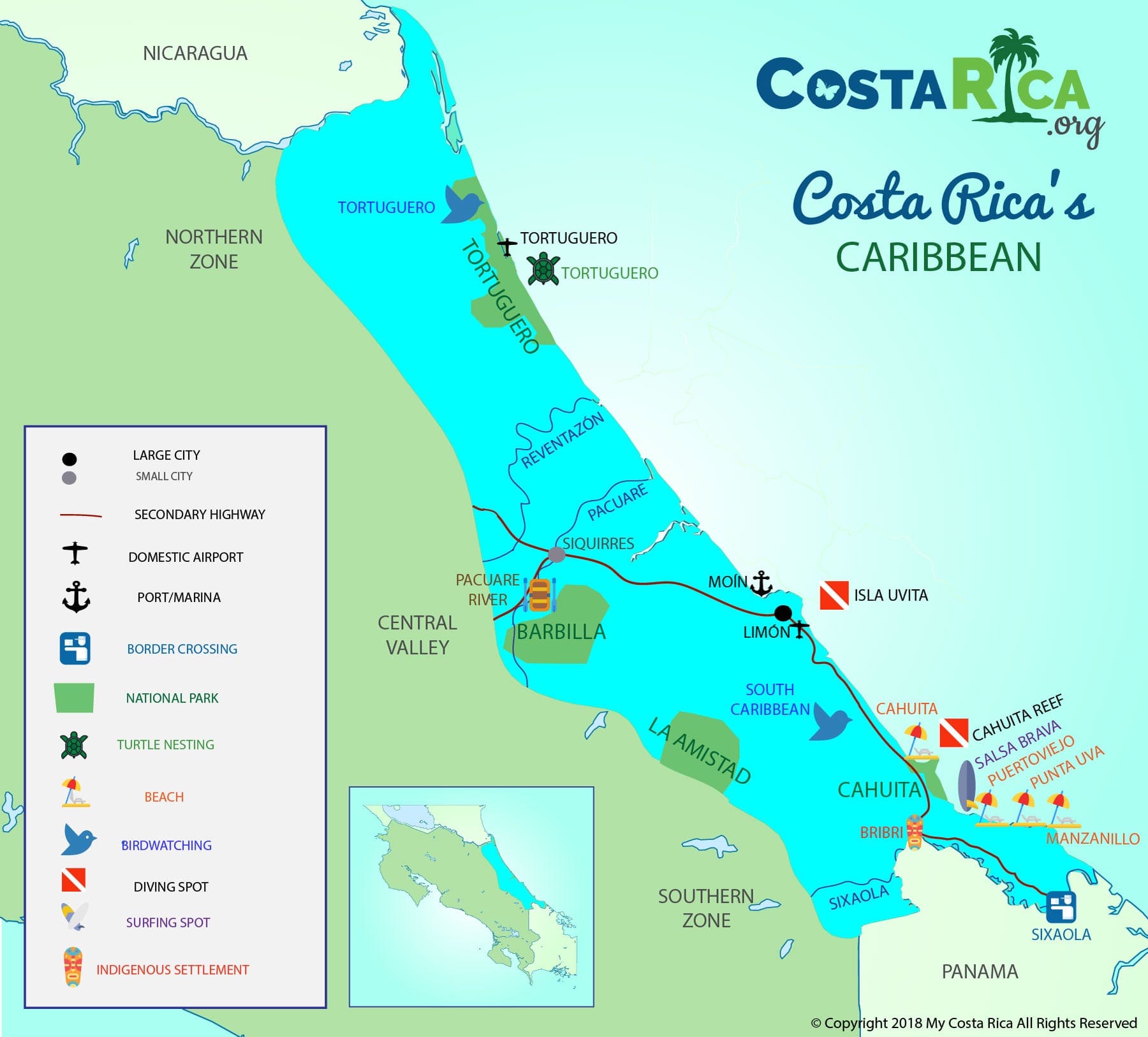The current conflict in the Democratic Republic of Congo’s eastern region has escalated again, with the city of Goma, the provincial capital of North Kivu, being put under threat. This renewal of violence in the volatile region is accompanied by a host of rebel groups, government forces, and outside interventions. As such, it is essential to explore what is causing the fighting in Goma, and what impact it has on the people living there.
Goma, a city situated near the Rwandan border, has long been a hotspot for militia and armed groups. The ongoing conflict in this part of the DRC is primarily the result of a history of ethnic tensions, competition for resources, and political struggles. The region is home to numerous ethnic groups, each with differing political, social, and economic concerns. This melting pot of interests ultimately creates an environment ripe for conflict.
Among the most prominent armed groups in the area are the M23, a primarily Tutsi rebel group, and the Congolese government forces. The M23 emerged from the remnants of another Tutsi-led rebel group, the Congrès national pour la défense du peuple (CNDP), formed in 2012 after a peace agreement failed to address the local communities’ concerns. The CNDP later merged with other Congolese rebel groups, ultimately giving rise to the M23.
Barely a decade ago, Rwanda and Uganda played a pivotal role in supporting the CNDP and M23 movements, even as they destabilized the already fragile region. As relations between them have since soured, these countries have cut support for the M23, but the impact of their involvement remains a significant factor in the ongoing turmoil in Goma. Furthermore, allegations of regional powers manipulating these conflicts, particularly from neighboring countries like Rwanda and Uganda, arouse suspicions of international involvement, with various external actors playing their own geopolitical games.
Compounding this complex mix is the presence of numerous other armed groups in the area, each with its own objectives, grievances, and alliances. These groups, often composed of different ethnicities, vie for control of strategic resources, such as minerals, timber, and land, further exacerbating the violence in the region.
As the fighting in Goma continues, thousands of civilians have been displaced, leaving them vulnerable to rights abuses, including killings, rapes, and looting. In the tumult, the humanitarian crisis experienced by the local population, already living in extreme poverty, only worsens.
Ultimately, as the conflict in Goma intensifies, addressing the underlying issues is crucial to preventing further bloodshed and suffering. Building trust and fostering dialogue between the parties involved, as well as exploring effective strategies for resource management and addressing the grievances of the local population, are all vital steps to resolving the unrest in this long-suffering region.



